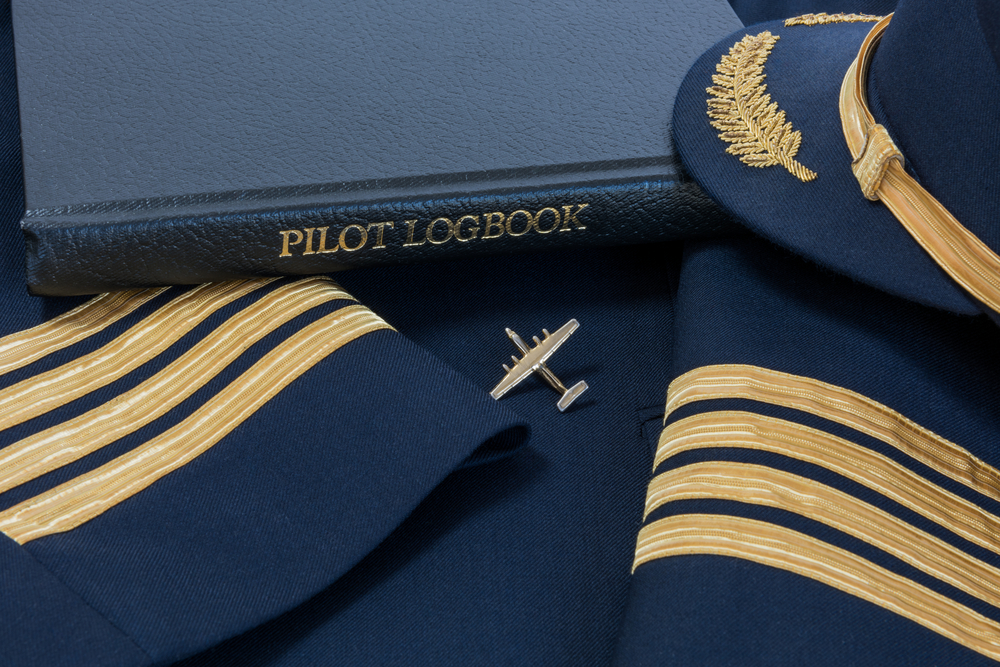How to Become a Pilot
Learn the step-by-step process of how to become a pilot, from the initial training to obtaining a license and beyond. Explore the exciting world of aviation and start your journey towards becoming a pilot today.
Becoming a pilot is a dream for many people. The allure of soaring through the skies, exploring new destinations, and experiencing the freedom of flight is undoubtedly appealing. However, the process of becoming a pilot involves a significant amount of hard work, dedication, and financial investment. Discover the steps involved in becoming a pilot, including information on pilot schools, the cost of flight schools, and the general requirements to obtain a pilot license. With this information, aspiring pilots can make informed decisions on how to pursue their aviation dreams.

Pilot Schools
There are various types of pilot schools available to those who wish to pursue a career in aviation. These schools offer different types of training programs, depending on the specific pilot license sought by the student. Some of the most common types of pilot schools include:
-
Federal Aviation Administration (FAA) Approved Flight Schools: These schools offer a structured training program that adheres to the FAA's guidelines and requirements. Students who graduate from an FAA-approved flight school may have an advantage when applying for a pilot job, as employers often recognize the high standards of these programs.
-
Non-FAA Approved Flight Schools: These schools may not have the same rigorous standards as FAA-approved schools, but they can still provide valuable flight training. The quality of instruction at non-FAA approved flight schools can vary, so it is essential to research each school before enrolling.
-
Collegiate Aviation Programs: Many colleges and universities offer aviation programs that combine flight training with a degree in fields such as aviation management or aeronautical engineering. These programs can provide a well-rounded education for aspiring pilots, as well as additional career opportunities in the aviation industry.
-
Military Flight Training: Joining the military and receiving flight training through one of the branches of the armed forces is another option for those who wish to become pilots. Military flight training is highly competitive and requires a significant commitment to service, but it can provide top-notch training and experience.
Cost of Flight Schools
The cost of flight training is one of the most significant barriers for many aspiring pilots. Flight schools can be expensive, and the total cost of obtaining a pilot license will vary depending on factors such as the type of school, the location, and the specific license sought.
In general, the cost of obtaining a private pilot license (PPL) can range from $8,000 to $15,000, depending on the flight school and the number of flight hours required to meet the FAA's minimum requirements. The cost of obtaining a commercial pilot license (CPL) can be significantly higher, ranging from $30,000 to $60,000. This cost includes not only the flight training but also additional expenses such as ground school, books, and testing fees.
Financial assistance is available for those who need help covering the cost of flight training. Scholarships, grants, and loans may be available from various sources, such as aviation organizations, government programs, and private lenders. It is essential to research and apply for financial aid opportunities early in the process, as competition for these resources can be fierce.
General Info on Requirements to Get a Pilot License
The specific requirements for obtaining a pilot license will depend on the type of license sought. However, there are some general prerequisites that all aspiring pilots must meet. These include:
-
Age: To obtain a private pilot license, an individual must be at least 17 years old. For a commercial pilot license, the minimum age is 18. To become an airline transport pilot, an individual must be at least 23 years old.
-
Medical Certification: Pilots must meet specific medical standards to ensure they are fit to fly. The FAA requires pilots to obtain a medical certificate from an Aviation Medical Examiner (AME). There are three classes of medical certificates, with the requirements becoming more stringent as the level of responsibility increases. A third-class medical certificate is required for private pilots, while commercial pilots need a second-class certificate, and airline transport pilots must obtain a first-class medical certificate.
-
Knowledge and Skill: Aspiring pilots must complete the required ground and flight training, demonstrating their knowledge of aviation principles, regulations, and procedures. This training typically includes a combination of classroom instruction, self-study, and practical flight experience. Pilots must also pass written, oral, and practical examinations administered by the FAA or an authorized testing center.
-
Flight Experience: The FAA has established minimum flight hour requirements for each type of pilot license. For a private pilot license, a minimum of 40 flight hours is required, while a commercial pilot license requires at least 250 flight hours. An airline transport pilot must have a minimum of 1,500 flight hours.
Becoming a pilot is a challenging and rewarding endeavor. It requires a significant investment of time, effort, and money, but for those who are passionate about aviation, the rewards are well worth it. Aspiring pilots should carefully research the various types of pilot schools, consider the costs associated with flight training, and familiarize themselves with the general requirements for obtaining a pilot license. With dedication, perseverance, and a love for flying, the dream of becoming a pilot can become a reality.
